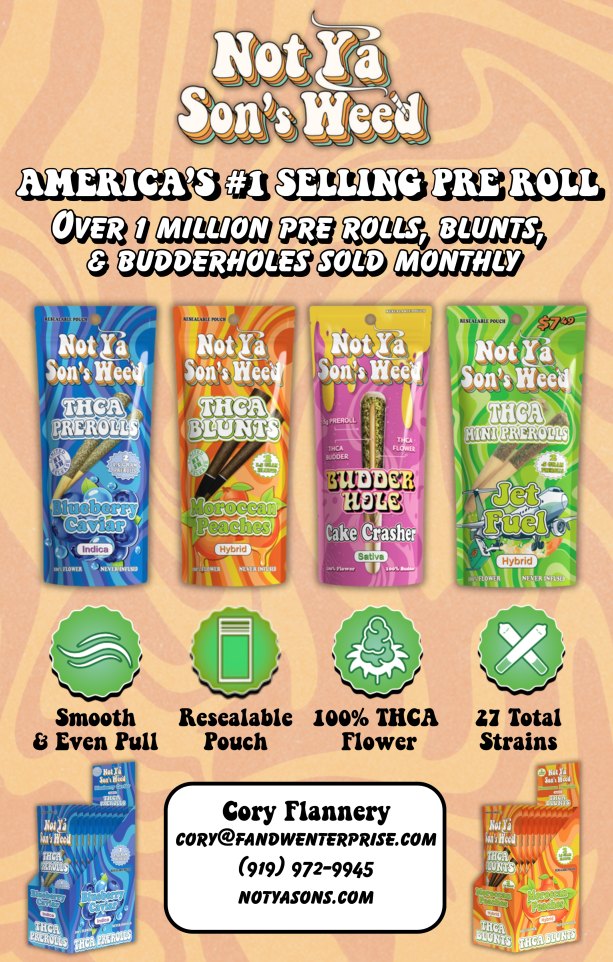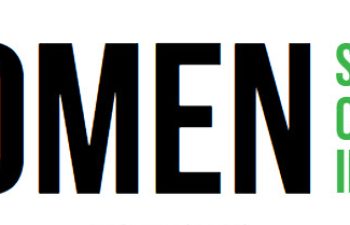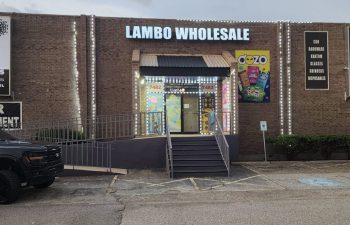New Year, New Margin: Holiday Sales Strategies That Set You Up for Q1 Success
The holidays can be a dopamine rush. Foot traffic spikes. Gift shoppers finally discover your store exists. Your POS hums. The shelves buzz with movement. But come January? Its crickets and clearance. Unless you play your cards right. Holiday sales aren’t just about ending the year strong, they’re about setting up next year to win. It’s long-term chess, not short-term checkers.
Stacking momentum through the end of the year is one of the best ways to guarantee smart money made in January. The right promotions, product planning, and customer touchpoints throughout Q4 can keep registers ringing long after the tinsel is packed away.
So how do you make your holiday sales strategy future-proof? Here’s your Q4-to-Q1 playbook; equal parts practical and tactical.
The Long Game: Turning One-Time Shoppers into Regulars
The holidays bring in everyone from your loyal locals to the “my cousin really likes this stuff” crowd. Every one of them is a chance to plant the seed for Q1 business and turn occasional and one-time shoppers into regulars. Loyalty programs, gift cards, and bounce-back offers (discounts or perks redeemable in January) are simple ways to get them back through the door.
One easy example: spend $50 in December, get a $10 credit valid in the first 30 days of the new year. It’s enough to motivate a return trip, but short enough to keep momentum rolling.
Gift Cards Are The Silent MVP
Gift cards are a retailer’s version of a time machine: you get the money now, the customer comes back later, and they almost always spend more than the card’s value. It’s time-released foot traffic when you need it most.
Market them as stocking stuffers, “panic-proof” last-minute gifts, or as part of a bundled set with an accessory like a stash jar or lighter. Every unredeemed card is pure margin, but the real win is when that redemption bridges your post-holiday sales gap. Every gift card you sell in Q4 is a guaranteed visit in January or February. But here’s the thing: don’t just leave a plastic rack by the register and hope for the best. Merch it like a product. Highlight it in bundles. And then pay your rent in February as a result of all your hard work.
Bundle Without Butchering Margins
Done right, bundles increase perceived value without wrecking your markup. The sweet spot? Pair a fast mover with a slow seller and present it as an “upgrade” set, not a clearance bin special. Customers feel like they scored a deal, you clear stale inventory, and your January shelves are ready for fresh products.
Structure your bundles to build future use, such as;
- A glass pipe + a lighter + a small stash jar + a coupon for 20 percent off cleaning supplies in January.
- Rolling tray set + grinder + RAW papers + a bounce-back for a premium hemp wrap or accessory.
You’re not just selling a box of goods, you’re creating return behavior. It’s about telling a story the customer wants to finish, and giving them a reason to come back and do it.
Stock “Future-Proof” Products
Seasonal displays are fun, but relying on them too heavily can make January feel like a ghost town. This is the time to upsell the evergreen – gear, accessories, cleaning supplies, smell-proof bags, glass maintenance kits, rechargeable batteries. If you want a customer to spend in Q1, they need a reason to come back, and the easiest way to do that is to sell them something now that needs a refill, replacement, or upgrade later.
Holiday season is prime time to move vaporizers, reusable glass, and storage systems that require future purchases. Customers who buy disposables? They might not be back. Customers who buy gear they love? They’re locked in.
These aren’t necessarily sexy gifts, but they are sticky. They build habits. They encourage customers to invest in what they already bought. And most importantly, they drive repeat business. You don’t build a solid Q1 with glitter and gimmicks, you build it on products that actually matter to people once the holidays fade.
Think of every December sale as the start of a mini-subscription. You’re not just moving units, you’re building a cycle.
Quietly Retire the Dead Weight
Yes, you’ve got dead weight. We all do. If a product hasn’t moved in months, the holidays are your chance to exit it gracefully. The instinct is to slash prices and dump them, but that’s not always the smartest play because if you’re not careful, clearance can become a crutch.
Try these instead:
- Gift with purchase: Buy a premium item, get the slow mover as a bonus.
- Mystery bags: Mix slow sellers with solid stuff in a blind bag format. Price it right and make it fun.
- Tiered clearance: 10 percent off week one, 20 percent week two, 30 percent after Christmas – move volume without slashing up front.
By January, you’ll have shelf space (and capital) for lines that actually pull their weight.
Don’t Let January Happen To You
Here’s the cold truth: if you’re not planning now for what your floor looks like on January 5, iit may already be too late.
Think about:
- What promos will be running post-holiday?
- What signage stays up, and what shifts?
- What vendors do you need to follow up with on buy-backs or Q1 programs?
- What’s your January staff schedule look like when traffic dips?
Holiday sales aren’t a one-shot cash grab. They’re a positioning move. Every discount, every bundle, every marketing push should be aimed at keeping the customer engaged past New Year’s Eve and to keep your store from feeling like a retail wasteland.
Don’t let January hit you like a hangover. Make it feel intentional instead of waiting for Valentine’s Day to save you. Walk in like it’s Day 1 of something big. Play it right, and you’ll start the new year not just with higher sales, but with stronger customer loyalty, cleaner shelves, and a momentum that carries you into the months ahead. Because when everyone else is dragging into the new year, you want to be the shop that already has its next move locked.





















